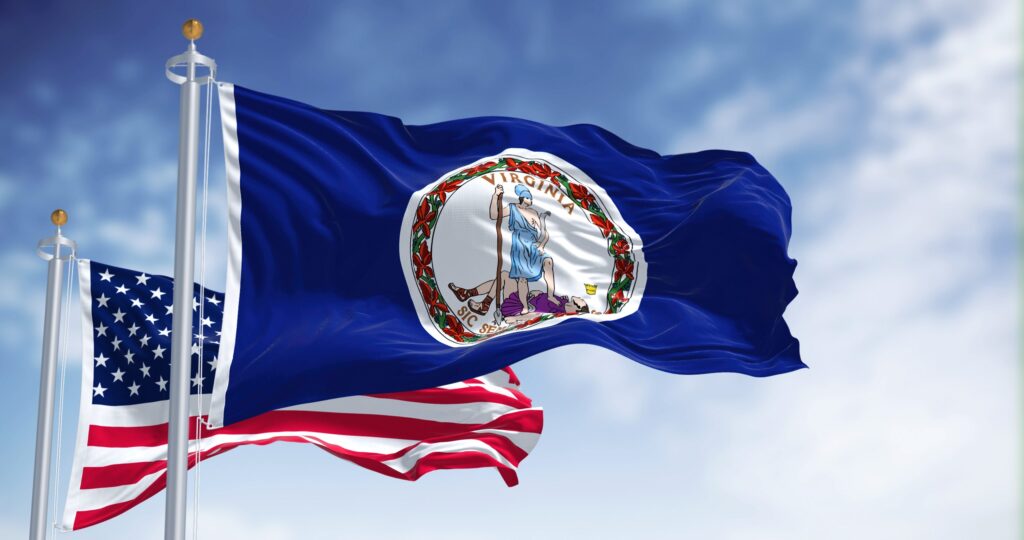Lessons for Legislators: A Guide to Allowing Pharmacist-Prescribed Birth Control
Authors
Key Points
- Pharmacists are highly trained medical professionals that aren’t allowed to practice to the top of their abilities in most cases. This is due to state licensing restrictions.
- As pharmacists have increasingly become allowed to prescribe hormonal birth control, there have emerged right ways and wrong ways to go about doing this. This paper is a guide for legislators seeking to enact this change in a way that optimally increases access to birth control.
- Pharmacist-prescribed birth control is cost-effective, safe, and increases access.
Media Contact
For general and media inquiries and to book our experts, please contact: pr@rstreet.org
Introduction
As legislators on both sides of the aisle have looked for ways to address high healthcare costs and poor access to healthcare providers, they have discovered
what the medical community has known for years: pharmacists are a largely untapped resource. Pharmacists have traditionally been blocked from providing some primary care duties that are well within their expertise due to state licensing restrictions. Yet, in recent years, pharmacists’ scopes of practice have gradually expanded across the country—to varying degrees depending on the state—to include prescribing medications and managing patient medication
regimens.
One scope of practice reform measure in particular that has caught on in recent years is pharmacist-prescribed hormonal birth control. Allowing pharmacists to prescribe birth control is proving successful in increasing access, preventing unintended pregnancy and reducing public healthcare costs. However, the details of each state’s pharmacy access model, and how they are implemented, affects their ability to achieve broader access and lower costs. Currently, 16 states allow pharmacists to prescribe birth control; of these, 12 states have successfully passed legislation allowing it, but with differing experiences and bill details.
Now that several states have implemented this model, it is time to examine what works, what can be improved and how to achieve the desired outcome of better access. This paper will identify and discuss all the major components of a pharmacy access model for birth control—insurance/provider status, patient restrictions and type of practice model—as well as highlight the details of models in states that allow pharmacist-prescribing of birth control. Finally, it will provide the key takeaways for creating a pharmacy access model that optimally improves access










